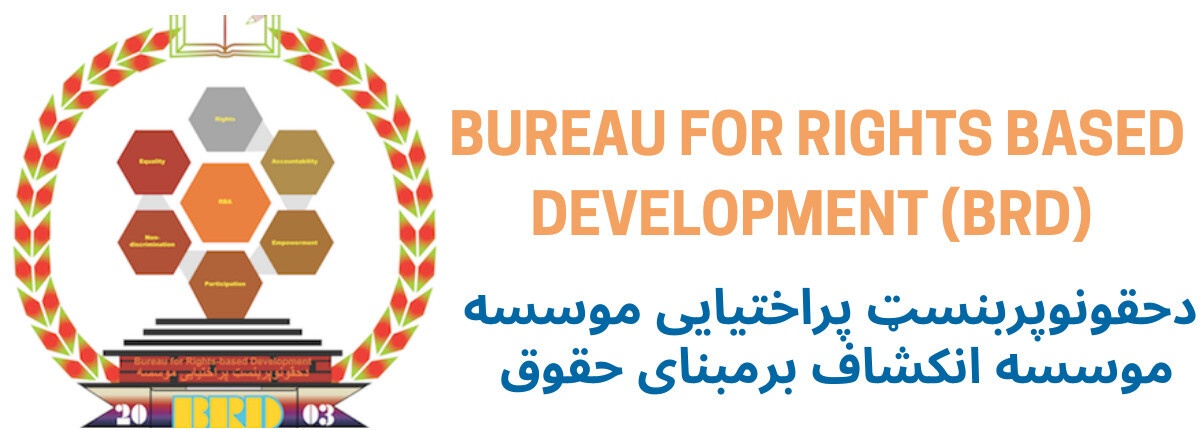Empowerment
One of the distinctive strengths of our empowerment approach includes our participatory processes with our target groups at the local level. The rich set of methodologies we use will be harmonized and enhanced to build people’s communication skills and deepen their critical awareness of power and rights.
Partnership
We build long-term partnerships with organizations and social movements, respecting their autonomy, strengthening their capacities and helping them to share learning across issues, sectors, movements and geographies to build a formidable movement for change. We also work in alliances with many different actors, including NGOs, networks, think tanks, unions, campaigns and progressive companies.
We also seek to hold those with power accountable through critical engagement—for example with governments or the private sector—engaging constructively where possible but being willing to challenge where necessary.
Human Rights-Based Approach (HRBA)
Human rights consist of both rights and obligations. The state assumes obligations and duties under international law to respect the rights of peoples, meaning that the state must refrain from interfering with or curtailing the enjoyment of human rights. To protect means that states have to protect individuals and groups against human rights abuses. To fulfill human rights means that states must take positive action to facilitate the enjoyment of basic human rights. The responsibilities of all citizens in a democratic society are inseparable from the responsibility to promote human rights. To flourish, both democracy and human rights require people’s active participation.
- Human rights education to promote awareness among the people on their rights and entitlements;
- Fostering the confidence, skills and resources to communicate with duty bearers, and advocate and claim their rights.
We also strengthen duty-bearers to comply with their human rights obligations and duties by:
- Identification of the reasons for their underperformance of their duties;
- Awareness raising on their obligations under international, regional and domestic law and identifying their responsibilities;
- Capacity development, so that they can meet their obligations e.g. service delivery;
- Fostering accountability mechanisms, which include downward accountability.
Human Rights Principles
Universality, interrelatedness and indivisibility
Human rights reflect universal values and belong to all human beings. Human rights are inalienable, indivisible and interrelated; rights cannot be taken away and different rights depend on and complement each other.
Equality and non-discrimination
All human beings are entitled to their rights without discrimination of any kind (race, color, sexual orientation or gender identity, ethnicity, age, language, religion, political or other opinion, national or social origin, disability, property, or any other reason).
Participation and inclusion
Individuals and groups have the right to free, active and meaningful participation in relation to issues that concern them and the development of their society.
Accountability
States are accountable for respecting, protecting and fulfilling the human rights they have committed to. The HRBA emphasizes accountability relationships between authorities and people instead of focusing merely on donor-partner government accountability.
Transparency
Access to information, freedom of expression, openness in decision-making processes to ensure participation, inclusion and accountability.
HRBA objectives
The main objectives of Human Rights Based Approach (HRBA) are to:
- Strengthen the understanding of rights, i.e., understanding the location, forms, and perpetrators of rights violations; recognizing who is vulnerable and assessing degrees of vulnerability, and recognizing existing power imbalances in society;
- Ensure accountability and transparency by identifying rights-holders (and their entitlements) and corresponding duty-bearers (and their obligations);
- Build capacities for the realization of rights so that rights-holders can make claims and duty-bearers can meet their obligations;
- Facilitate the active and meaningful participation of multiple stakeholders, including people who directly benefit from projects through access to development processes and institutions, improved information, legal redress, and other positive strategies;
- Create a sense of ownership of development processes through strategies of empowerment that focus on rights-holders both directly and through their advocates and civil society organizations; and
- Encourage the expression of rights through different mediums of communication and interaction with people across regions.
Cross-cutting objectives
Gender
To reduce inequalities between individuals, groups and societies by ensuring that all enjoy human rights, including the most vulnerable and marginalized groups is the key objective of the HRBA. The objective of reducing inequalities means addressing those factors that cause power imbalances or possible discrimination of groups of people or areas.
The objective of gender mainstreaming is to integrate the gender perspective into development interventions with the goal of achieving gender equality. Analyzing gender helps to identify different roles and responsibilities women and men have in particular contexts and the relationship those roles have with access to power, resources, and decision-making. In using the HRBA in gender mainstreaming and for reducing inequalities, international human rights commitments and principles are integrated into addressing the root causes of inequalities. This helps in defining priorities, actions and objectives for reaching equality in different development interventions. BRD considers gender mainstreaming as integrated component of the HRBA and applied both in the context of internal organization structures and roles as well in our policy, programs, and interventions.
Climate Change
Climate change directly affects the enjoyment of many human rights such as rights to food, water and health. Using the HRBA to increase climate sustainability means the adoption of appropriate measures and policies to mitigate the impacts of climate change on human rights. Furthermore, applying the HRBA means that mitigation measures take into account vulnerable groups, including and people living in disaster-prone areas.
Fragility and conflict sensitivity
Conflict and poverty are often correlated and they interlink with the human rights performance of the state. In addition, human rights violations can be drivers and consequences of conflict or fragility. Interventions in fragile states need to be based on a comprehensive understanding of the power relations and the root causes of conflict, poverty and human rights challenges. The application of the HRBA is adjusted to legal and political realities in fragile states and in conflict or post-conflict settings.

